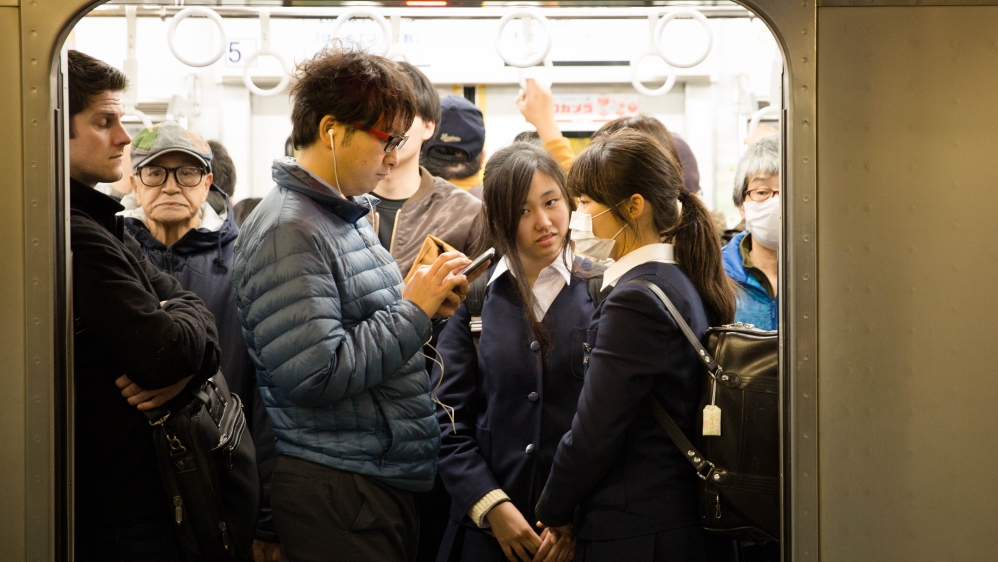Intimate culture in Asia is a vibrant and multiplex tapestry that reflects a subtle balance between age-old traditions and the swift winds of modernity. This vast continent, with its multifarious nations, religions, and belief systems, displays a wide range of sexual practices, norms, and attitudes that are as multifaceted as its scenery, from the bustling urban centers of the Middle East to the peaceful seashores of the Pacific Islands. Understanding this multifaceted tapestry demands a nuanced viewpoint that appreciates the profound influences of history, culture, and globalization on personal relationships and desires.
Across Asia, traditional values persistently play a significant role in shaping sexual life culture. These values often highlight modesty, chastity, and observance of societal norms, particularly in rural and conservative communities. The influence of religion, be it Islam, Hinduism, Buddhism, or other faiths, is deeply ingrained in the sexual mores and expectations of different regions.
Nevertheless, the sexual landscape in Asia is anything but uniform. Urbanization and globalization have brought about significant changes, fostering heightened openness and multifariousness in sexual attitudes and behaviors. visit us across Asia have witnessed the emergence of a more liberal and cosmopolitan sexual culture, characterized by heightened acceptance of premarital sex, LGBTQ+ rights, and open conversations regarding sexual health and pleasure.
Modern technology has been a crucial factor in shaping sexual life culture in Asia. The proliferation of smartphones and the internet have revolutionized dating and sexual relationships. Dating apps, social media platforms, and online forums have established new avenues for individuals to connect, explore their desires, and question traditional norms.
One key aspect of sexual life culture in Asia is the wide-ranging spectrum of sexual orientations and gender identities. LGBTQ+ communities flourish throughout the continent, each nurturing its own unique experiences and challenges. While progress has been made in some Asian countries with concerning LGBTQ+ rights, discrimination and persecution linger in others, bringing attention to the stark disparities in LGBTQ+ experiences across Asia.

Sexual health and education stand as essential components of sexual life culture in Asia. Comprehensive sex education programs have made gradual advancements, although they yet confront limitations in many regions. The absence of education can result in misinformation, unintended pregnancies, and the spread of sexually transmitted infections. Advocacy groups and healthcare organizations are actively aiming to address these gaps and foster awareness of sexual health.
In conclusion, sexual life culture in Asia is a complex and dynamic aspect, affected by a multitude of factors, including tradition, modernity, religion, and globalization. While traditional values continue to exert their influence in many communities, urbanization and technology are ushering in profound changes, promoting increased openness and diversity in sexual attitudes and behaviors. As Asia keeps evolve, discussions regarding sexual life culture will remain central to ongoing cultural and social transformations, as individuals and societies navigate the delicate balance between tradition and progress.
